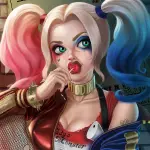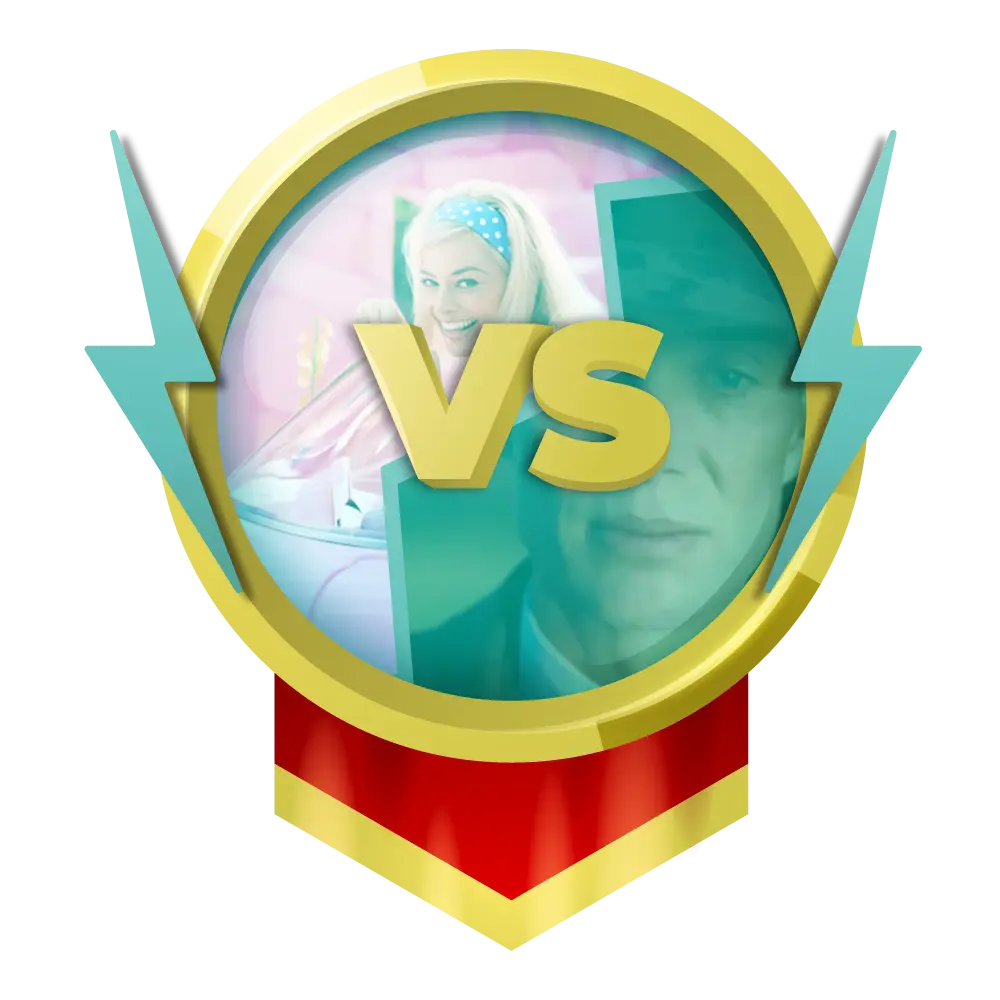I’m a film critic, fervent admirer of Christopher Nolan, Steven Spielberg, and sci-fi and psychological movie fanatic. Come strike up some conversations with me!
"I am Storm, mistress of the elements."
A lightning bolt slices through the ceiling of a factory, and shattered glass litter the ground. Terror consumes the eyes of her enemies as Storm descends from Heaven like a divine being.

This is the first battle of "X-Men '97", and it obliterated my concerns about this new series. I mean, when I first laid eyes on it, I wasn't particularly interested. Its style seemed traditional, or dare I say, outdated. Why bother with an old, outdated animation? If it hadn't been for the sky-high ratings on Peliplat, reaching as high as 8.9, I surely wouldn't have given it a chance.

But as I continued watching, I found myself unable to stop, and eventually binge-watched all the episodes that were already out. And let me tell you, it exceeded my expectations. It's a fresh, upgraded animation deserving of the high praise it's receiving. I dare say it's the best X-Men series since "X-Men: Days of Future Past."
Detail-packed battles and themes relevant to today's society are what I love about this new installment. The former provides a marvelous visual experience, while the latter showcases the creators' friendliness towards minority groups in society.
Battle Upgrades
Take, for example, the final battle in the first episode, where the X-Men fight robots. This battle also appears in the old 1991 version of the animation. In the old version, both the robots and the X-Men lack detail in character modeling; you can barely differentiate them apart from the colors of their clothes. Without the thin lines under their necks, you might mistake the robots for giants. Moreover, regardless of which X-Men member it is, their fights all consist of shooting beams or circular ripples, which, from today's perspective, seem rather sloppy.


In the new version, these issues have been addressed. Firstly, the facial details of the characters have been greatly enriched, so even if they're wearing the same clothes, I believe you can still recognize each character.

Secondly, if you pay close attention, you'll notice that after the robots are damaged, the circuitries within their bodies are arranged in a complicated manner.

Then there's the showcase of the X-Men's abilities; whether it's Storm summoning a tornado to sweep up robots, Cyclops using his laser blast to cushion his descent, or Gambit charging up Wolverine's steel claws to help him decapitate robots. Compared to the simplistic beams in the old version, the visual effects of the members’ superpowers are much richer in the latest edition.

The same battle with enriched details truly makes the fight intriguing. It's like describing the same story with words; if you simply describe it in a straightforward manner, you might quickly understand the story's direction, but you'd only have very abstract concepts of the characters. Once you enrich the details, you'll find that each character has vitality, and you can feel the world in the story. This reminds me of James Cameron's classic "Titanic," a prime example of how constant enrichment of details, whether it's the personalities of Jack and Rose or the structure and decor of the ship, can make a simple story incredibly compelling.
Themes
The simplification of discussions on the empowerment of minority groups is the most dissatisfying aspect of the old version for me. From the first season in '91 to the fifth and final season in '97, the old "X-Men" series mostly focuses on the mutant civil war, significantly downplaying the theme of conflicts and bonds between mutants and humans present in the original comics.
In the new series, the theme of empowerment of minority groups becomes the core of the story. What impresses me the most is the trial of Magneto in the second episode.

The story is brilliantly crafted. Firstly, it helps establish an unprecedented arc for Magneto, the antagonist. Based on my understanding of Magneto, he's clearly not the type to compromise with humans and accept judgment and discipline in human terms. So, although he agrees to stand trial, I suspect there's an underlying conspiracy beneath his surface obedience.
However, during the trial, Magneto not only engages in oral debate with human judges in court—an approach typically used by Professor X to advocate for mutant rights—but also refrains from killing X-Cutioner when Storm is incapacitated by him, unlike his usual modus operandi.
At the moment when X-Cutioner safely departs, Magneto undergoes a transformation from villain to hero. What's even more remarkable is that the entire transformation process is not only very reasonable but also helps me understand his predicament.
Moreover, during such tense moments, the writers interweave a story about Jean's child about to be born, and the hospital's refusal to deliver her child because she's a mutant. These segments depicting mutants being ostracized by society further make me empathize with Magneto.
Finally, the profound themes of the original work are finally expressed in this visual adaptation of the "X-Men" in such a powerful way.
Original Work
"X-Men" was born in the United States in 1965, with mutants in the comics facing a situation akin to the discrimination faced by Black people in the past. Professor X and Magneto correspond to two different stances.
Firstly, there's Professor X, whose real-life counterpart is civil rights leader Martin Luther King Jr. When faced with the issue of "mutant rights," Professor X, like King, seeks peaceful coexistence between mutants (Black people) and humans (White people), advocating for resolving differences through communication and dialogue.

Magneto, on the other hand, chooses a completely different path. His real-life counterpart is the civil rights leader Malcolm X. Unlike King, X primarily advocated for "Black power" and a violent revolution to overthrow the hypocritical White rule in America.

X's tendency towards violence is also related to his background; in his childhood, his family was attacked by nearby Ku Klux Klan members and received threatening phone calls. One night, a group of White supremacists deliberately set fire to X's house, and his entire family narrowly escaped being burned alive (similar to how Magneto's family is executed by Nazis). This upbringing, like Magneto's, exposed X to the world's malice from a young age. Years later, he abandoned the surname given by slave masters to his family and referred to himself using the algebraic symbol "X" to protest against the injustices faced by Black people in the American system at that time.
In the "X-Men" series, the various cruel acts of humans are driven by bias, fear, and resentment. And when these negative emotions are directed toward mutants, they give rise to radical figures like Magneto, who retaliate against humans, ultimately exacerbating these hostile sentiments.
To eliminate hatred, one side must make concessions, and making such compromises is really not easy, which is why Magneto's transformation touches me so deeply. To keep the story going, "X-Men 97" will surely generate new conflicts next. I just hope that fewer of these conflicts will happen in our real world.
Catch you later for more movie musings!

















































Share your thoughts!
Be the first to start the conversation.